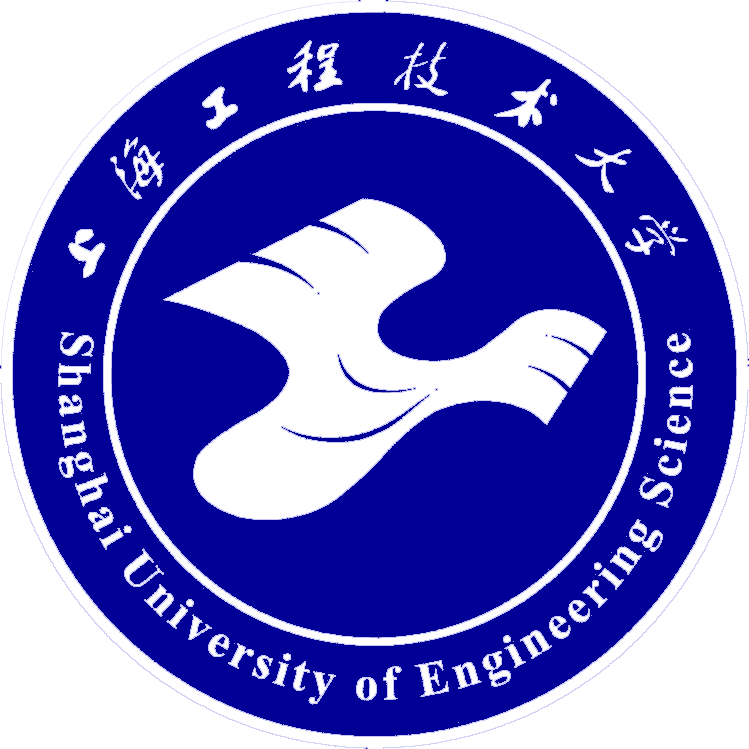【标题】:Confinement effect on the aqueous behaviors of free poly(acrylic acid) and poly(acrylic acid) grafted on a nanoparticle surface
【作者】:Kaimin Chen*, Siyi Wang, Xuhong Guo
【来源】:Colloid and Polymer Science, 2019, 297(9), 1223-1231
【摘要】:Poly(acrylic acid) (PAA) has recently attracted great interest in various fields, including in biomedical applications. This work compares the aqueous behaviors of two kinds of PAA in different environments. We compared free PAA (PAAfree) in an aqueous solution with PAA confined to a polystyrene nanoparticle surface (PAAconf.). The dissociation behaviors of PAA in both environments were systematically studied under various conditions, including differing ionic strengths, molecular weights of PAA, and PAA grafting density by using pH titration assays. The two key parameters concerning dissociation behaviors were obtained, namely, the degree of dissociation (α) and the dissociation constant (pKa). The results showed that the pKa was a little higher for PAAconf. than for PAAfree due to the Donnan effect. The pKa decreased with increasing ionic strength for both PAA cases due to the weakening of hydrogen bonding and the acceleration of dissociation by counterions. PAAfree with a lower molecular weight and PAAconf. with a higher grafting density showed smaller pKas, both indicating stronger dissociation abilities. To clarify this, the electromobility and zeta potential of each case were also measured, and the results confirmed the difference. Finally, bovine serum albumin (BSA) was used as a model protein to study protein-PAA interactions based on their aqueous behaviors. This work furthers our understanding of PAA behaviors in various environments and conditions, shed light on both the structural design capabilities of PAA and its further applications as a functional material..
【关键词】:Poly(acrylic acid); Dissociation constant; Capillary electrophoresis; Turbidimetric titration
